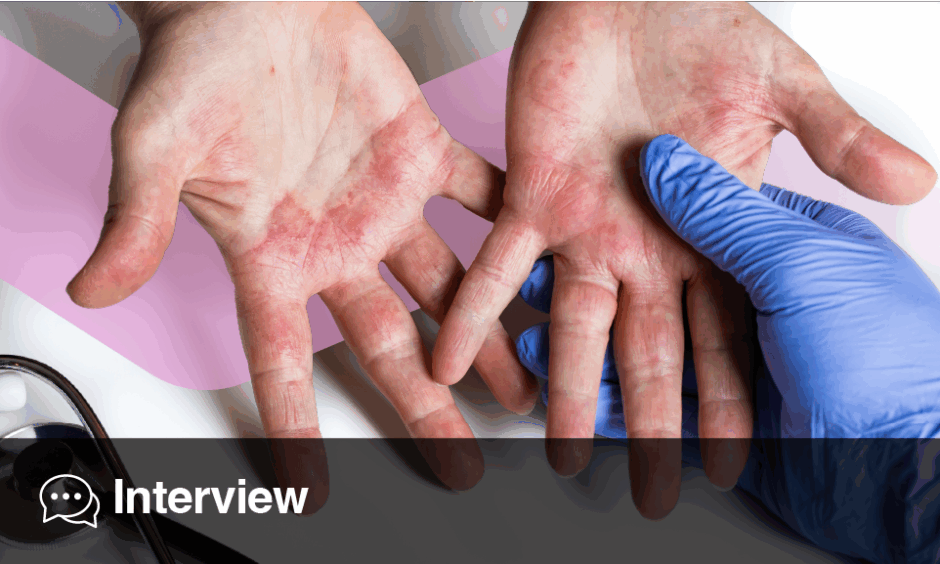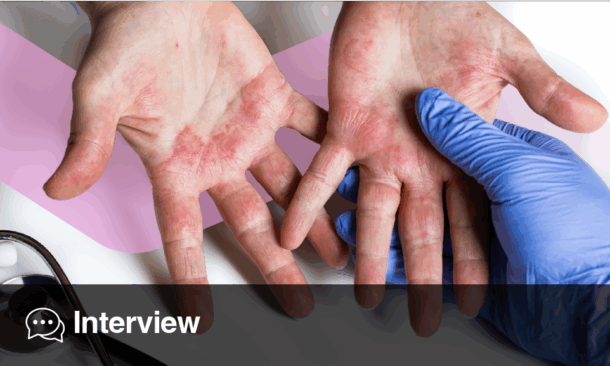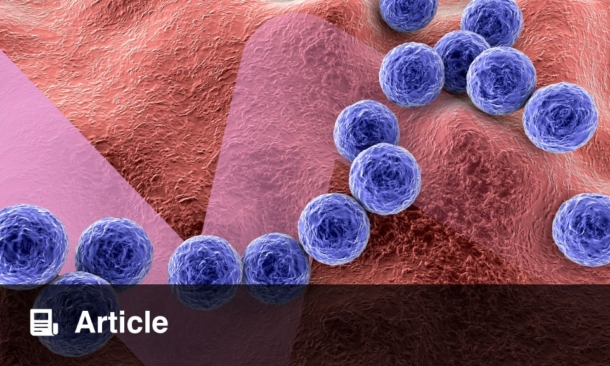THE SKIN barrier plays a vital role in protecting the body from environmental stressors while maintaining moisture levels. Its outermost layer, the stratum corneum, is composed of tightly packed corneocytes surrounded by a lipid matrix of ceramides, cholesterol, and fatty acids. This ‘brick-and-mortar’ arrangement is essential for reducing transepidermal water loss (TEWL) and sustaining hydration.
A key component of this system is filaggrin, a protein that binds keratin fibres and breaks down into natural moisturising factors (NMFs), including trans-urocanic acid and pyrrolidone carboxylic acid. These NMFs retain water, maintain the skin’s acidic pH, and promote enzymatic activity necessary for healthy skin renewal. Acting as humectants, they draw water into the corneocytes, preventing gaps and supporting a resilient barrier.
Disruption of this barrier, as seen in atopic dermatitis (AD), leads to increased TEWL, dryness, and heightened vulnerability to allergens and microbes. Genetic alterations affecting filaggrin can reduce NMF levels, triggering inflammation and skin barrier defects. AD, particularly common in infants, is often the first step in the “atopic march,” which can lead to food allergies, asthma, and allergic rhinitis.
Restoring the skin barrier is key in managing and potentially preventing AD. Emollients containing colloidal oat have shown promising results in this regard. With anti-inflammatory properties and the ability to maintain hydration and pH, colloidal oat supports barrier function. The STOP-AD trial, for instance, revealed that early application of such emollients in high-risk infants reduced AD onset and allergic sensitisation.
Despite some concerns about oat sensitisation, broader evidence confirms colloidal oat’s safety. Further research focusing on optimal formulations and treatment timelines is needed to strengthen confidence in its use.
In conclusion, colloidal oat-based emollients offer a safe, effective, and affordable option for managing and potentially preventing paediatric AD, enhancing both skin health and long-term wellbeing.
Reference
Fowler JF et al. Is colloidal oat an effective emollient ingredient for the prevention and treatment of atopic dermatitis in infants?. J Dermatolog Treat. 2025;36(1):2487945. doi:10.1080/09546634.2025.2487945








